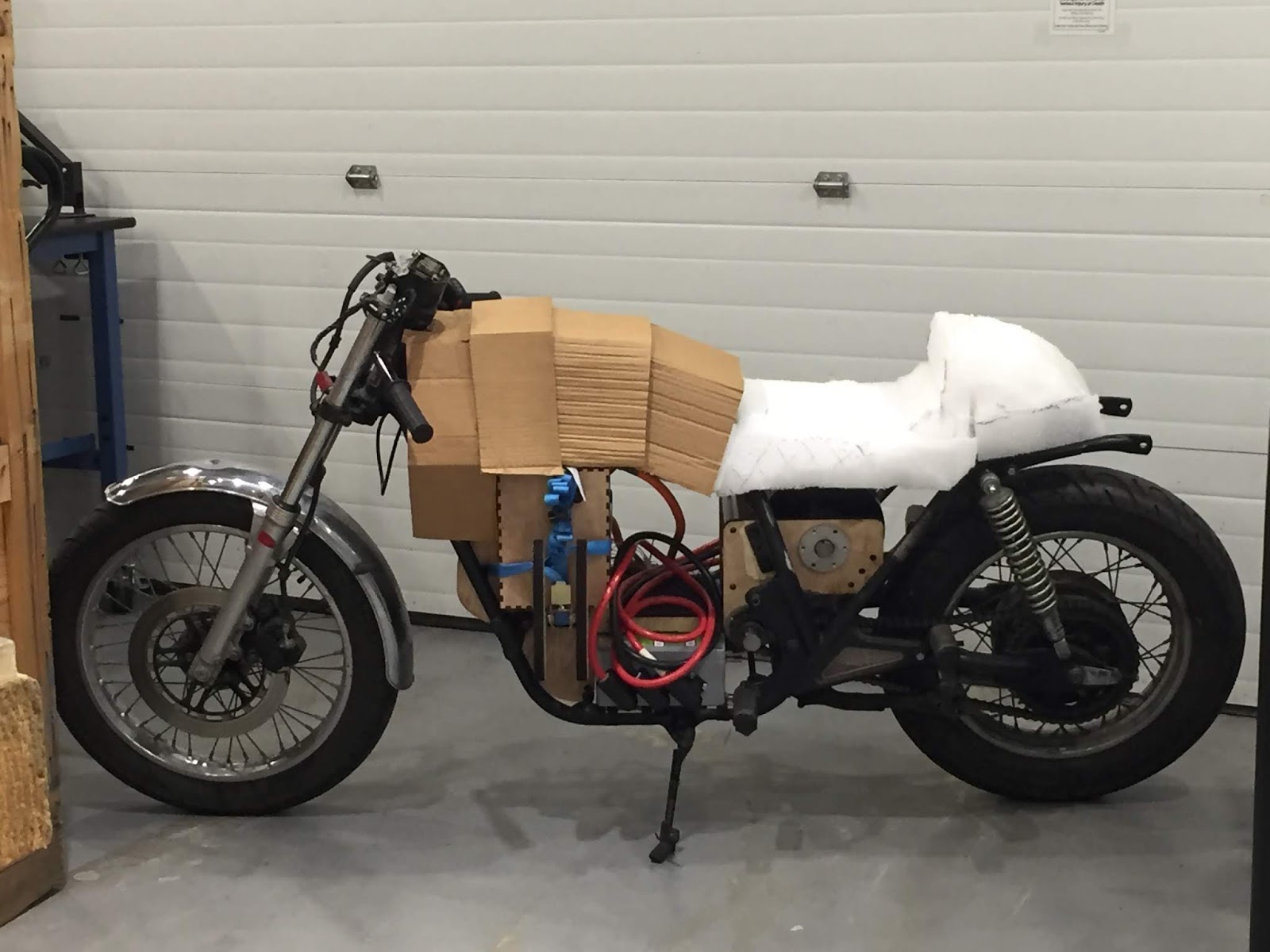New Battery Pack Boards

I designed these boards to interface the battery cells the best way I knew how: Screw the tabs to each other! This was the best method I could come up with after trying to solder and even spot weld the tabs together. These boards were made by Sunstone Circuits and I was really impressed with the results. Aside from the box itself, the only thing holding the cells together are these boards, so it was imperative that they were thick as hell. The traces also had to be thick enough to support 60 amps of continuous current, which is the max continuous current that the cells can reasonably handle. Points to anyone who can figure out where the logo came from.




